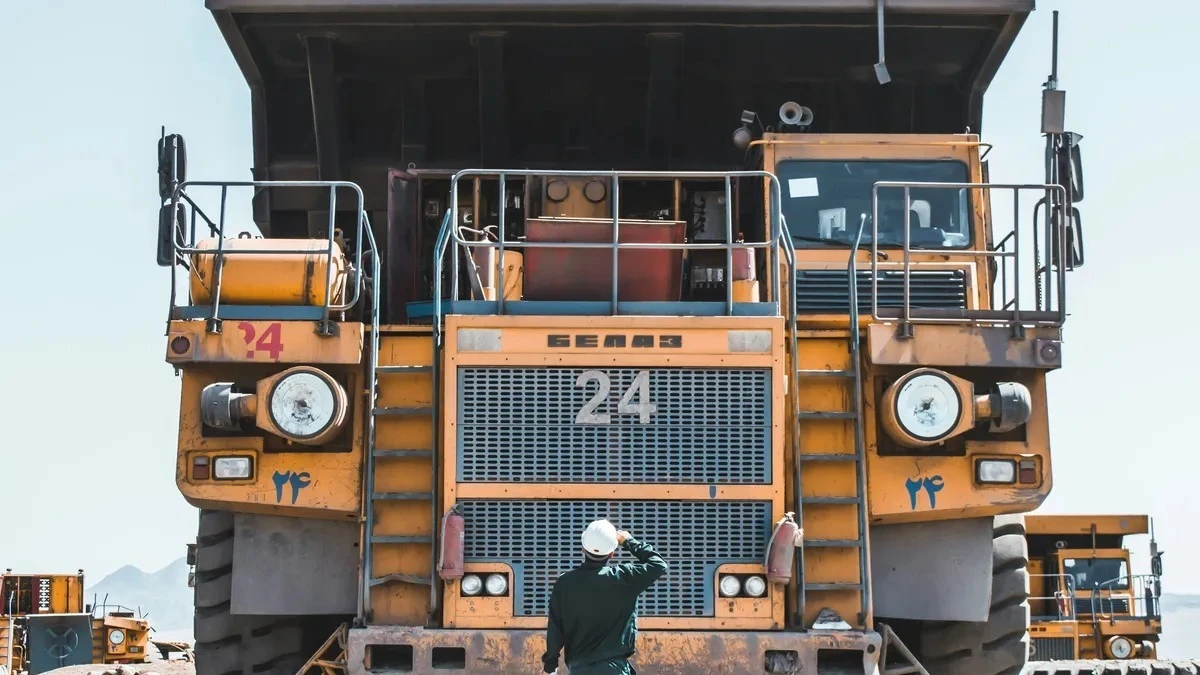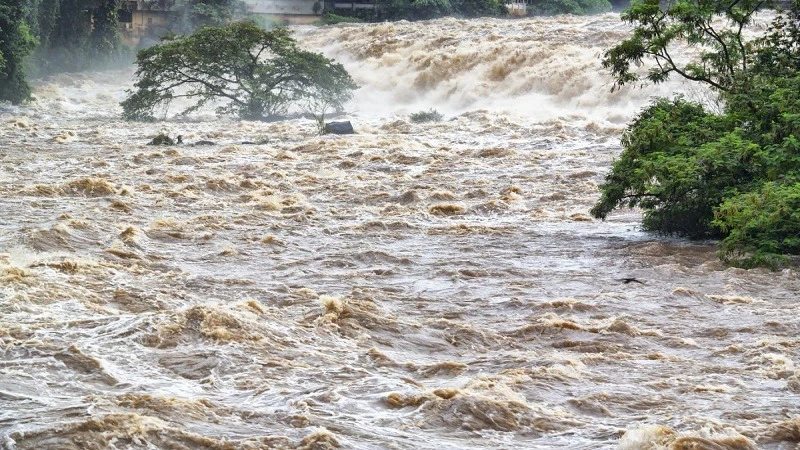Decoding mining terminology: A guide for confident investments

INVESTING in the mining industry comes with risks, but understanding key terms can help investors interpret company press releases and make strong decisions about their portfolios.
Resource investors have access to huge amounts of information when evaluating junior mining stocks, but understanding exactly what a company has in the ground is one of the most crucial steps.
Mineral resources and mineral reserves are key to the due diligence process. While these terms may at first sound interchangeable, they carry distinct meanings and implications within the mining industry.
Mineral resources break down into the measured, indicated and inferred categories, while mineral reserves are divided into the proven and probable segments. Each of these terms provides a different level of insight into a company's deposit. So what do they all mean? Below are definitions that can help investors make informed decisions.
What are mineral resources?
According to the Canadian Institute of Mining, there are two primary ways a company in the mining industry can report on deposits at a certain location: mineral resources and mineral reserves.
Mineral resources are typically linked to the exploration phase of a project, with the inferred, indicated and measured categories providing different levels of confidence in what exists in the ground.
What are inferred resources?
An inferred resource is part of an exploration company’s earliest activities. Usually when inferred resources are released there has been limited exploration. A site may have undergone some surface sampling or a couple of drill holes.
At this stage, a company has some level of confidence that there may be mineralization on site, but needs to raise funds to further explore and help define the size and shape of the deposit.
Because inferred resource values are derived from limited sampling, they must be reported separately from measured and indicated data. When it comes to rules outlined in National Instrument 43-101 reporting standards, inferred resources can be included in preliminary economic assessments, but not in prefeasibility or feasibility studies.
For investors, inferred resources can provide some information about early stage exploration efforts, but are the lowest measure of confidence. While grade and size at this step in the process could seem stellar, inferred resources represent a higher-risk investment due to the limited work put in at the site.
What are indicated resources?
Once a company has conducted more extensive exploration through drill programs and has gained more confidence in the characteristics of a particular deposit, it can begin to report an indicated resource.
By this point, the company has a better idea of the shape of deposit, how deep it is situated and its strike length. Through drilling, it will also have a better idea of the grade and the types of minerals that are hosted at the project.
As there is greater confidence in reporting indicated resources, they can be included in more detailed prefeasibility and feasibility studies and can begin to shape the viability of turning a particular resource into a producing mine.
Indicated resources are designed to give investors a better idea of the longer-term potential of a site and allow them to begin to understand the scale of a potential mine. Through various studies, the company may even have some indication of how profitable a site may be once fully developed.
What are measured resources?
A measured resource is made up of the most detailed and reliable sets of data a company has, and is typically used to fill out late-stage technical reports and feasibility studies. A mining company will use measured resource data to determine if there is sufficient material to make mining a particular deposit a viable enterprise.
Investors can look at measured resource values as a good indicator of what exists in the ground and can use this documentation to determine whether a company may be a worthwhile investment.
As development proceeds, measured resource values can be converted into proven and probable mineral reserves.
What are mineral reserves?
While the terminology is similar, there are differences between mineral resources and mineral reserves.
Where a mineral resource accounts for all mineralization in an area, a mineral reserve only includes the portions of a resource that are economically viable. This is typically defined by the quantity of ore that will be delivered for processing or for sale. This means a mineral reserve estimate may exclude project areas that are too far from the main deposit and too costly to pursue, or may exclude portions of the resource that are too low in quality to be profitable.
For investors, mineral reserves are typically reported in the development stage of a project as a company is putting together its feasibility study and determining the long-term prospects of turning an exploration project into a mine.
What are probable reserves?
A probable mineral reserve bears some relation to an indicated resource in that it requires the same level of confidence; however, it attaches modifying factors that affect the viability of the resource.
These factors can include the percentage of minerals that can expect to be extracted from the ore due to metallurgic analysis, processing techniques and technology or environmental or economic factors.
Probable reserves require some level of realistic economic and engineering study when they are being reported in a prefeasibility or feasibility study. They begin to demonstrate the value of materials contained within a potential mine site and show how long the asset's life may be and how much time it will take to recover initial capital costs.
What are proven reserves?
Like a probable reserve, a proven reserve represents a modified reporting of a measured resource, but attaches economic, geologic, environmental and other factors to the estimate. Proven reserves represent the highest level of confidence when discussing a deposit or portion of a deposit where mining operations are being planned.
Investors should view proven reserves as a company’s final estimate of the quantity of minerals contained within a deposit. They are often reported based on current commodity prices.
Dean Belder is an investment & market specialist, he can be reached via social media.
Top Headlines
© 2024 IPPMEDIA.COM. ALL RIGHTS RESERVED

























